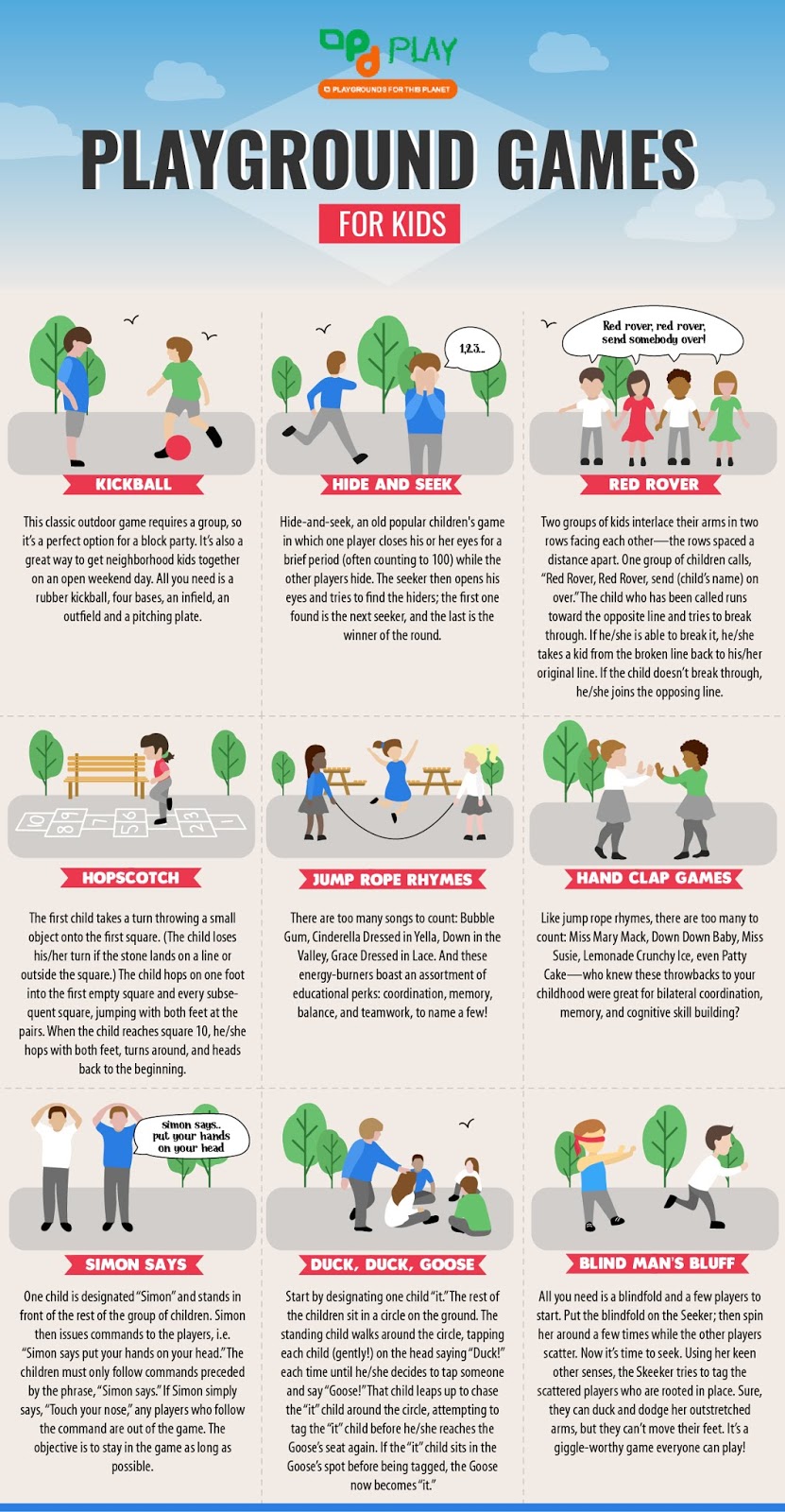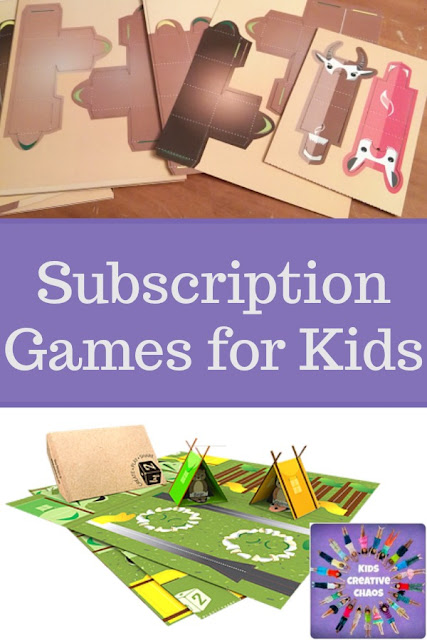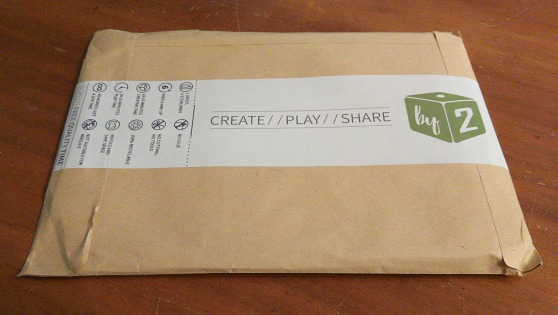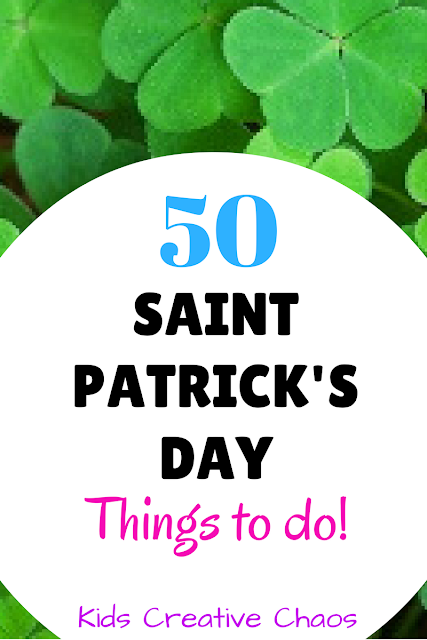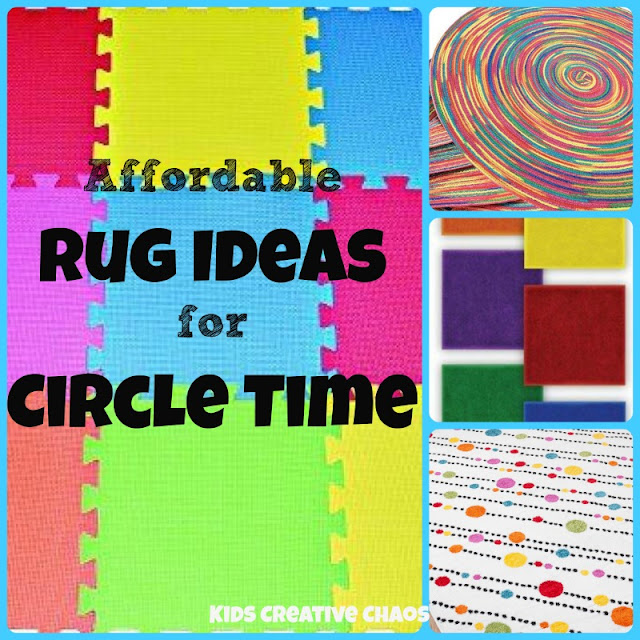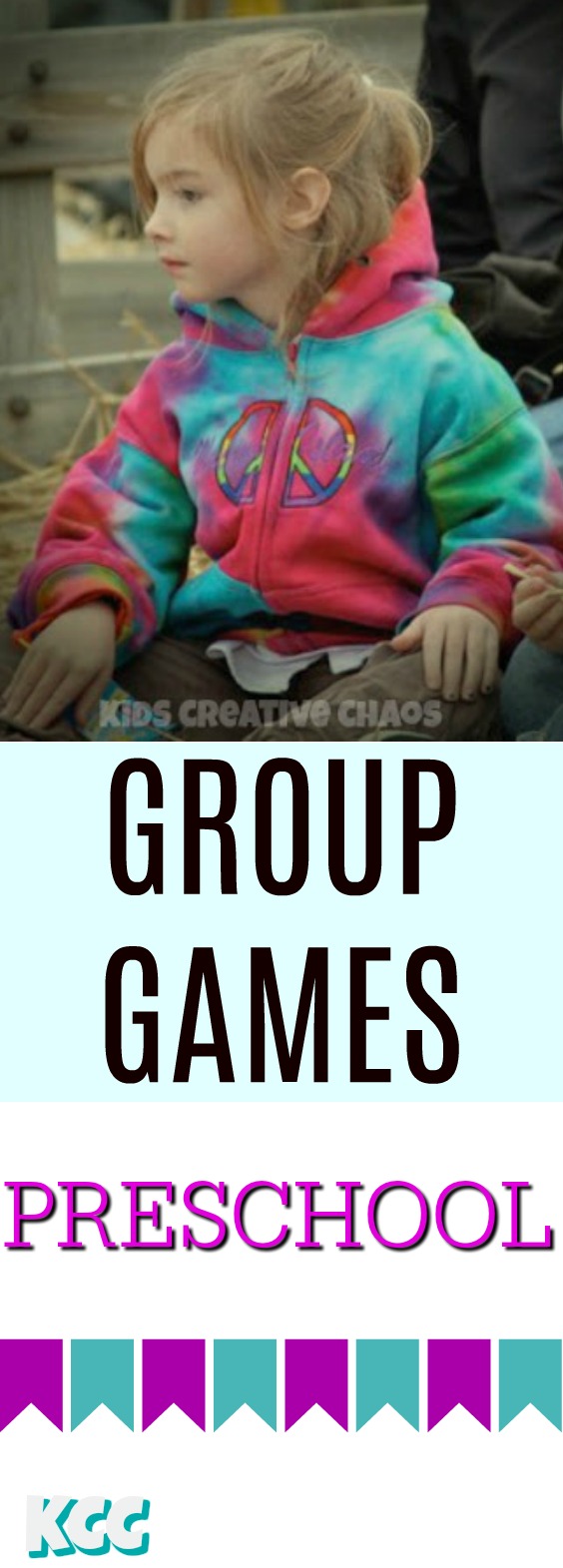Themes and Activities for Summer Camp at Home
Want to give kids the experience of a great summer camp? Whether you do summer camp for your neighborhood, for a church youth group, or your local community, these summer camp at home themes, schedules, and tips will help you create the best, most fun summer camp for kids from six to sixteen!
Post contains affiliate links.
Work in a retirement village or nursing home? Activity directors can adapt the activities for any age group. The objective is fun! Our website is full of fun, free camp activities, circle time activities, and group games. If you want everything at your fingertips (or on your clipboard) grab a copy of any of the books in our companion book series. These books are designed to help you organize and create an amazing youth group program or a simple, summer camp at home.
Each books stands alone or get all 3 books for an organized summer camp, after-school program, or extra activities for vacation bible school.
Our latest book, "Summer Camp at Home Handbook" has a total of five weeks of camp themes and activities. Each week includes: songs to sing, science experiments, group games, art activities, and fun themed snacks. It also includes a welcome pledge, icebreaker game, filler activities, planning calendars, printable today's birthday poster, activity schedule, daily menu poster, registration forms with allergy and photo permission features, and sample letters and forms to create a professional, organized camp program. If you want to do a full-on community summer camp, the only thing you'll need to add is insurance. Some small programs forego insurance for waivers and good luck. It's a good idea to get a short-term summer insurance policy if you plan to include your neighborhood or others outside of your close circle of friends and family.
Do you need a license to operate summer camp? That depends on your city and state. Check with your local government agencies, especially the board of health. Many churches (depending on state laws) are exempt and do not require visits from board of health or other agencies. Often, if the campers are participating in the prep of food it falls under different rules than if you are providing snacks. This is why the Summer Camp at Home Handbook includes theme snack activities and edible art. An easy way to avoid any trouble is to only provide prepackaged snacks and beverages (stay away from milk.) At the least, always have parents sign waivers, waivers, waivers. They won't completely protect you if someone decides to sue, but they do give everyone a heads up and let everyone know you are thinking ahead. Always have parents sign field trip waivers (you can make one for the entirety of camp and list out all pre-planned activities.) Also, be sure you have records of food allergies, immunizations, and authorized pick up persons. Finally, be aware of your state's childcare laws which vary based on the age of children in your care. To play it safe (when doing summer camp at home,) don't have more than five children that are not related to you in each camp session and always have another adult or camp counselor 18+ at your side.
Another thing to consider is
first aid and safety training. Staff should be trained to
recognize child predators in all childcare,
summer camp, youth group, and school settings. In today's world, you can never be too safe or too prepared. That being said, if you are simply doing summer camp at home for your family, close friends, or homeschool group, not all of these steps may be required. However, it's better to be safe than sorry. Make sure you run background checks on anyone that will be regularly helping with your program. That includes your parents, aunts, and older children! This is a safety precaution designed to protect you in case something comes up. In your letter to parents, mention that all adults working with children have undergone a background check. Your local government probably has a
background check option on their website.
A big safety consideration is water. Children may find pools and nearby bodies of water enticing. Always, always, keep count of the children in your immediate care. A good rule of thumb is to count kids every 20 minutes. If you are on a field trip or involved in a hectic group game, count them every 15 minutes. If you plan to include swimming in your camp activities or have a pool in your backyard, be aware that special precautions are needed and insurance rates will be higher.
Are you ready to get started hosting your own summer camp at home? Great! You'll want to start with our book, Summer Camp Handbook. This book is full of everything you need for five weeks of awesome summer camp.
Summer Camp Weekly Themes:
- It's all Rainbows: Rainbow Trails Song, Rainbow Snacks, Leprechaun Rainbow Skit, Rainbow Science Activities (Color and Prisms), and Get Moving Games.
- Silly Spaghetti: On Top of Spaghetti Song, Crunchy Spaghetti Recipe, Spaghetti Strength Science, Spaghetti Relays, and lots more.
- Eat Worms: Herman the Worm Song, Worm Theme Snacks, Snakes vs. Worms Game, How to Build a Worm Farm, Slurpin' for Worms, and lots more Worm Theme Games and Activities.
- Do Monkey Around: The Monkey Song, Banana Snacks, Banana Experiments, and Get Moving Games for Monkeys.
- Sharks vs Chickens: Baby Shark Song, Chicken Feed Snack, Egg Science Experiments, Shark and Chicken Hats, and lots of Games to Play as Sharks and Chickens.
With a blank, printable monthly calendar included in each
weekly camp theme chapter and extra filler activities in case of a time emergency, the
Summer Camp at Home Handbook is an essential tool whether it's your very first
summer camp program or you are a seasoned camp director. Don't wait any longer, get on your way to
the best summer camp ever today!
Our companion books are also available on Amazon in 8 x 10 paperback book format. These books give you extra credit as a camp director or activities director. Get organized with our 365 Planner. This handbook includes printable planning calendars, daily journal space with shareable quote of the day for note taking and planning, printable lesson/activity planning sheets, birthday logs, printable today's birthday poster, menu and activity schedules, and more.
The
365 Activity Planner Journal, is a great companion handbook to
Summer Camp at Home. It's also a great classroom resource planning tool for teachers. Whether you make copies of the printables to reuse again and again, or cuddle up on the sofa with the book to journal your activities, this handbook will help keep all of your thoughts and ideas organized with the added benefit of motivational quotes to keep you going strong. Get your
365 Activity Planner Journal now by clicking on the image.

And, if you are looking for
fun games to play in a circle setting check out our
Circle Time Handbook. This book includes
39 of the best ever games kids love. Tried and true, we played all of these games in our camp and after-school programs. This book is ideal for teachers who need to fill in some transitional time, afterschoolers who want to have a daily group rap sessions, preschool programs who realize the importance of circle time group activities, and
summer camp programs who need filler material for rest breaks and other down time.
Recommended:
Pin it!

